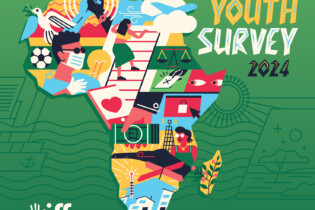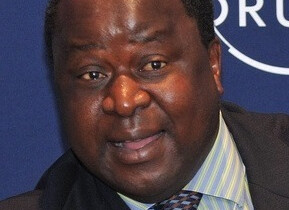SATTIC 12 the South African Travel and Tourism Industry Conference, which ended in Ekurhuleni yesterday – put South Africa on the path to success by providing a platform for many of the countrys most important role players to share their ideas and concerns around implementing the National Tourism Sector Strategy (NTSS).
About 200 delegates from the public and private sectors took part in three days of frank and open (and sometimes even difficult) discussions designed to achieve collective results that will lead to sustainable growth through improved competitiveness. The NTSS aims to make South Africa one of the worlds top 20 tourism destinations by 2020. The country is currently ranked 34th overall in the World Economic Forums 2010-11 Global Competitiveness Report.
Delegates to the Conference agreed that this objective will only be achieved through their concerted cooperation and collaboration. Previously, though, this might have been an almost impossible task.
In his closing remarks Tourism Business Council of South Africa (TBCSA) chairman, Mavuso Msimang, said that, Globally, the travel and tourism industries are notorious for their fragmentation. Their name is synonymous with never being able to work together but in one fell stroke you [the delegates] have, by bringing yourselves together here today, achieved a marvellous unifying effect, with all the advantages that go with that. Through SATTIC we have managed to create a single platform for the industry to engage and plan collectively as described by the conference slogan Working together, and winning together.
Among the key conference highlights which Mr. Msimang identified were the issues of business activism and responsible tourism. One of the important findings of Sundays discussions was the importance of the industry taking an active role in shaping public sector policy and legislation. He said that the Conference was very pleased to have CATHSETA (the Culture, Arts, Tourism, Hospitality, Sports and Recreation Sector Education and Training Authority) on board as a co-sponsor, and that he viewed this as a positive step towards addressing skills needs within the industry.
Topics under debate on the first and second days of the event included an examination of tourist arrivals; an examination of the level of competitiveness of South Africas tourism industry; the question of skills development in tourism; and the countrys reputation, positioning, and value proposition.
Yesterdays plenary session on domestic tourism yielded a number of challenges which need to be addressed including the need for research into the desires and aspirations of those South Africans who havent yet been catered for by the tourism industry. This session was moderated by Professor Ernie Heath of the School of Tourism at the University of Pretoria, who said that he is excited about the possibilities now opening up to us through which the country can create an ignite campaign which will see more South Africans travelling than ever before. He said that the secret to a successful domestic tourism economy will be, To ignite thousands of little candles that will let our domestic tourism flame burn bright. This means that all the role players should be brought together and that this must include the media, which must be involved from the very beginning so that the various publications, stations, and web sites can add their own contributions (like competitions, travel programmes, blogs, etc.) to the collective effort.
Four breakaway sessions yesterday examined opportunities in medical tourism, marine tourism, social media, and sports and events and produced two of the most significant findings of the conference: that South Africa has the potential and the assets to become (a) a significant medical tourism destination, and (b) an important marine tourism destination. Chief executive officer of the TBCSA, Mmatati Marobe, said that these issues need to now be incorporated into the NTSS even though this might be a challenging process, since the NTSS has already been approved by the national cabinet.
But this is what SATTIC was designed for: to identify what needs to be done, and to set those wheels in motion that need to be set in motion. Mr. Msimang said that SATTIC must now be institutionalised as an annual conference, And if you agree, as I come into the chairmanship of the TBCSA, Ill work very hard to make sure that we do this, and do it properly.
Sponsored by CATHSETA, The South African Maritime Safety Authority (SAMSA), SA Tourism, the Ekurhuleni Metropolitan Municipality, Mercedes Benz, Now Media, Whats Up, Meetings SA, and Tourism Tattler, SATTIC was directed by Denis Beckett, and organised by the Tourism Business Council of South Africa (TBCSA), the Association of South African Travel Agents (ASATA), the Federated Hospitality Association of Southern Africa (FEDHASA), the National Accommodation Association of South Africa (NAA-SA), the Southern African Vehicle Rental and Leasing Association (SAVRALA), and the Southern African Tourism Services Association (SATSA).






